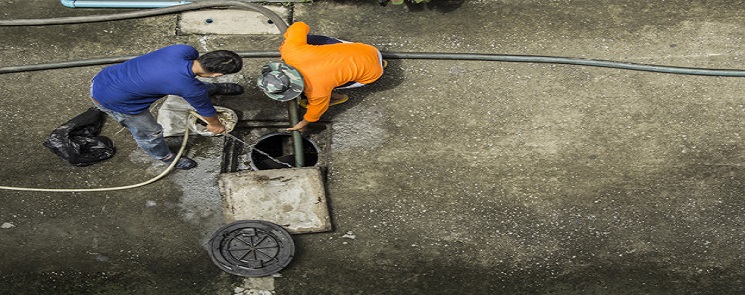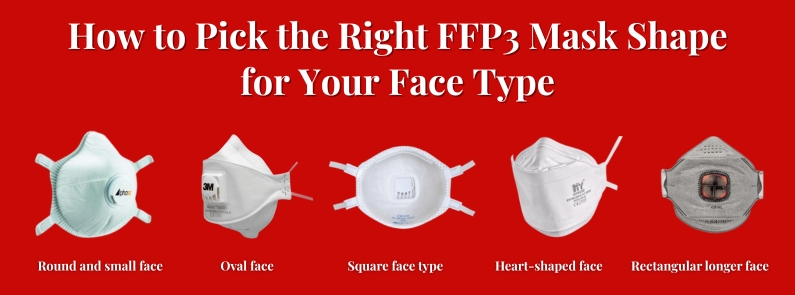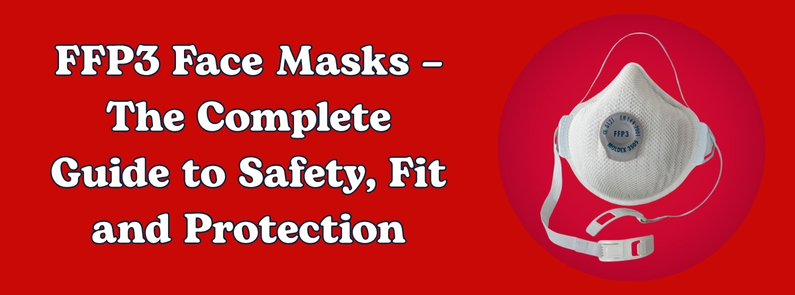
Did you know many tragedies involving confined spaces occur every year? Yes, it’s the bitter truth! Safety hazards exist at every job site, but those in a confined space are much higher due to unpredictable factors.
Operating in confined spaces is fraught with physical and environmental hazards. Employers must recognise the dangers and implement safety measures to minimise the potential risk of onsite exposure. Let’s find out how.
A risky situation can develop unexpectedly in an enclosed space and quickly take a turn for the worse. It could be triggered by anything from obstructions in an evacuation, insufficient oxygen supply, inflammable substances, toxic gases, radiation, structural issues, electric shocks, and more.
As a result, workers can fall sick, get seriously injured, or even die while performing their duties. So, how to address the dangers lurking inside confined spaces? The onus of ensuring a safe work environment lies with the management. It should provide workers with the level of protection they need. Here are some guidelines that can ensure optimal protection in such areas.
Risk Assessment of the Confined Space:
There are various industries (construction, chemical & petrochemical, aerospace, civil engineering, etc) where the entry in confined spaces is unavoidable. The management should be aware of the occupational perils their employees are exposed to at the workplace. A risk assessment via a systematic process should be carried out. This helps in understanding the particulars of the confined space, size of the entry and lockout points, etc. Also, the environment must be checked for any sources of chemicals, energy, toxins, dangerous gases, inflammable vapours, and more. And yes, a robust safety mechanism should be devised to eliminate or control any potential threats.
Well-ventilated Area:
Improper ventilation in a confined space can have serious consequences on the health of workers. They can experience headaches, shortness of breath, anxiety, increased heart rate, or restlessness. The quality of air needs to be tested carefully before entry to certify that there is an ample supply of clean and breathable air.
If a gas detector indicates atmospheric hazard when occupied, a breathing apparatus like the 3m respirator can be a lifesaver. Also, forced-ventilation by a blower must be used. It’s an effective device that helps in displacing the contaminant, providing oxygen, and circulating the airflow in the confined environment.
Proper Supervision:
Implementing safety procedures is not enough and the workers must also follow them strictly. A trained and experienced person with knowledge of the unforeseeable risks must be appointed as a supervisor at the site. He has to monitor safety conditions and make sure all the necessary precautions are being adhered to. The supervisor needs to have constant communication with workers inside and be prepared with the right equipment to initiate non-entry rescues if required. Also, he must be always alert and summon emergency responders ASAP if a critical situation arises.
Appropriate Tools & Personal Protective Equipment (PPE):
From the safety viewpoint, the employees must be armed with PPE based on the degree of risk the environment poses to their health and safety. PPE kits that comprise products like goggles, face-shields, dust masks, gloves, disposable coveralls, safety harnesses, lighting, respirators, and more are designed to reduce or eliminate the exposure to occupational hazards. Since PPE can curtail movement, communication, and sometimes become too hot, employers must provide protective gear that is certified for specific tasks and procured from a reliable source.
Proper Training for Workers:
The importance of training for workers cannot be stressed enough. It is critical to function safely in confined spaces. All employees must be suitably trained by specialists as per their job profile so that they can carry out the tasks entrusted safely. Furthermore, the workers need to be proficient in rescue operations including CPR, first aid, and other techniques so that they are prepared if someone has to be retrieved from inside in the event of an emergency.
The Last Word:
The safety of workers is paramount and cannot be compromised at any cost. Given the inherent dangers that confined spaces present, organizations must have the right safety procedures in place. They should equip their crew with protective gear, wearable preventives like gloves, and ffp3 dust masks, along with the right training to handle any crisis that they encounter with deftness.




